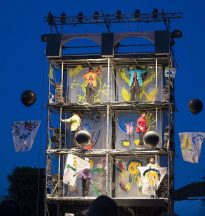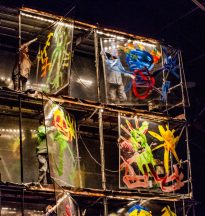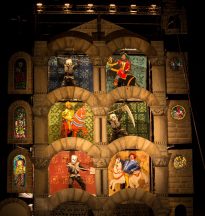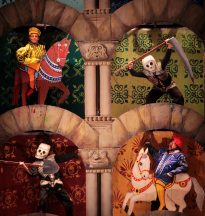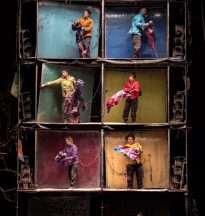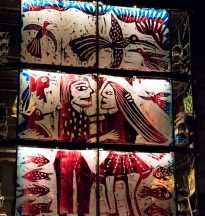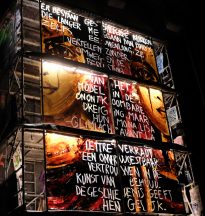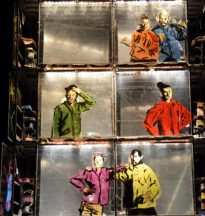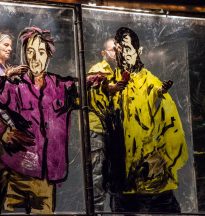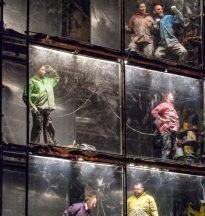PROGRAM ON TOUR:
- GAUGUIN´S TURTLE
I have heard that during one of his stays in the Marquesas Islands, Paul Gauguin had the idea of directly painting the shell of a young living turtle, lost on a beach. I like to think that thanks to the longevity that this species enjoys, a work of the painter, while freeing itself from the greed of speculators, continues, even today, to plow through the great collections in its small traveling museum.
What anecdote is more appropriate to illustrate our desire to offer the public a unique vision of art, particularly painting?
Singular especially because it encompasses both the finished work and the image-making phase, which in our opinion is a decisive stage in the elaboration of a work. As they have understood it, it is not decisive in its documentary aspect, but in the dramaturgical dimension of the creation of images in the live show.
We do not propose to do it at the mercy of the waves of Polynesia, but in the flow of urban traffic, in the middle of a crossroads or a public square, where we have installed our great trestle. Our music, which is played live, like the voice of the reciting actress and the painters themselves, will replace the noise of the hangover and the complaint of the wind in the coconut trees, which undoubtedly formed the acoustic background of the activity of Gauguin.
